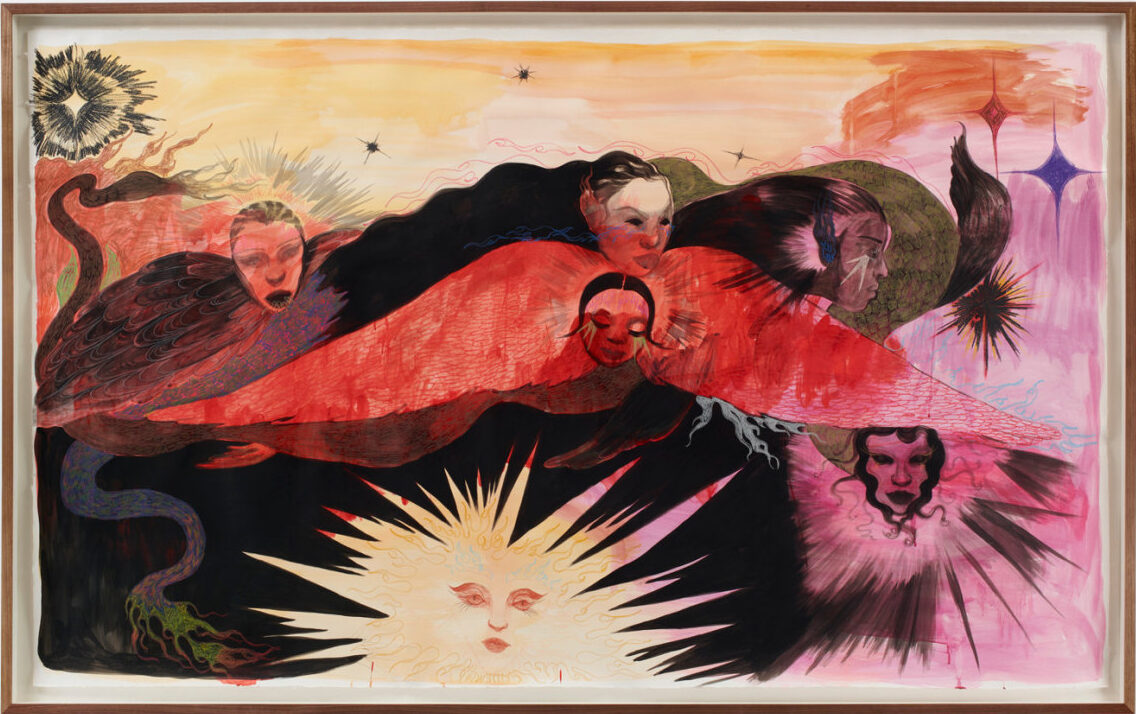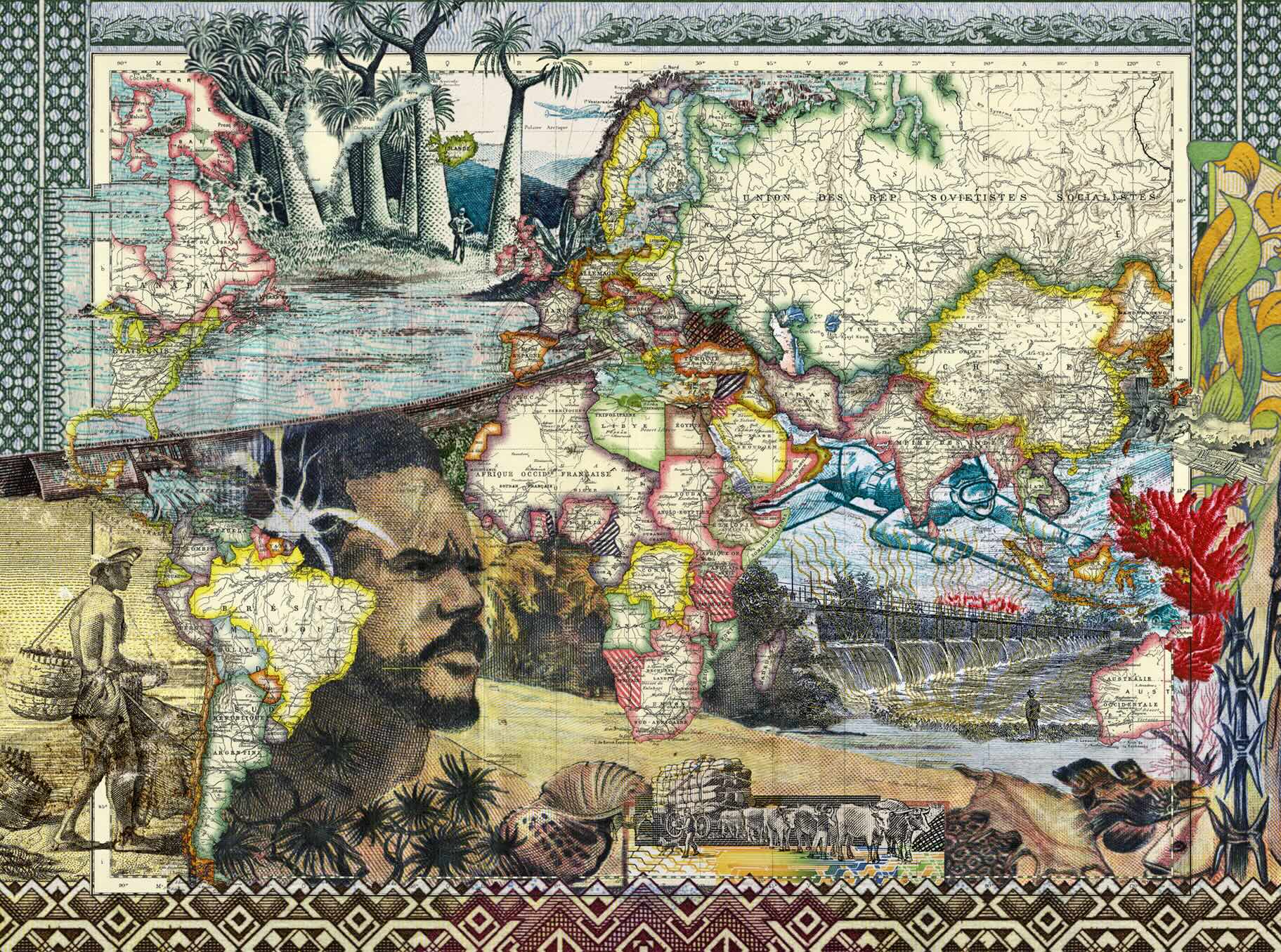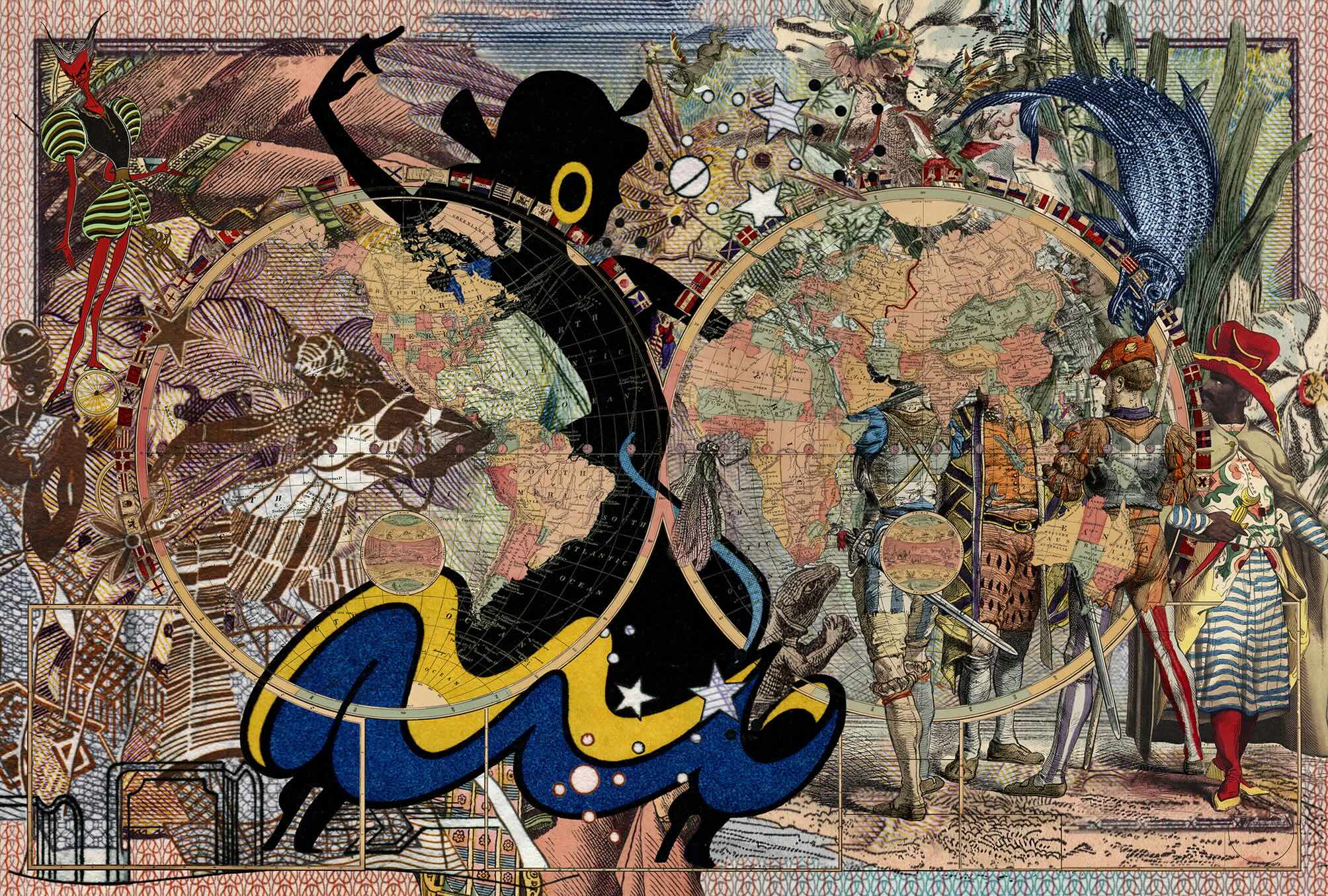Tituba, qui pour nous protéger?
Palais de Tokyo, Paris
From October 17th, 2024 until January 5th, 2025
Tituba, qui pour nous protéger? is a group exhibition that invites eleven artists from France, Britain, and North America, all with Caribbean and African diasporic backgrounds, to come together for a meditation on the relationships between mourning, memory, migration, and ancestry. The exhibition specifically reflects on the daily role played by our lost loved ones, our memories, myths, dreams, and the invisible as spiritual protectors and imaginary friends. Bringing together diverse practices including sculpture, film, photography, painting, and installation, Tituba, qui pour nous protéger? presents narratives that operate on both intimate and collective, transgenerational and historical, as well as symbolic and material scales. The novel Moi, Tituba, sorcière noire de Salem (1986) by Maryse Condé serves as the starting point for the exhibition. In a poetic and sisterly gesture, the eponymous character of Tituba is invoked here as a figure of protection, intertwining artistic and literary creation.
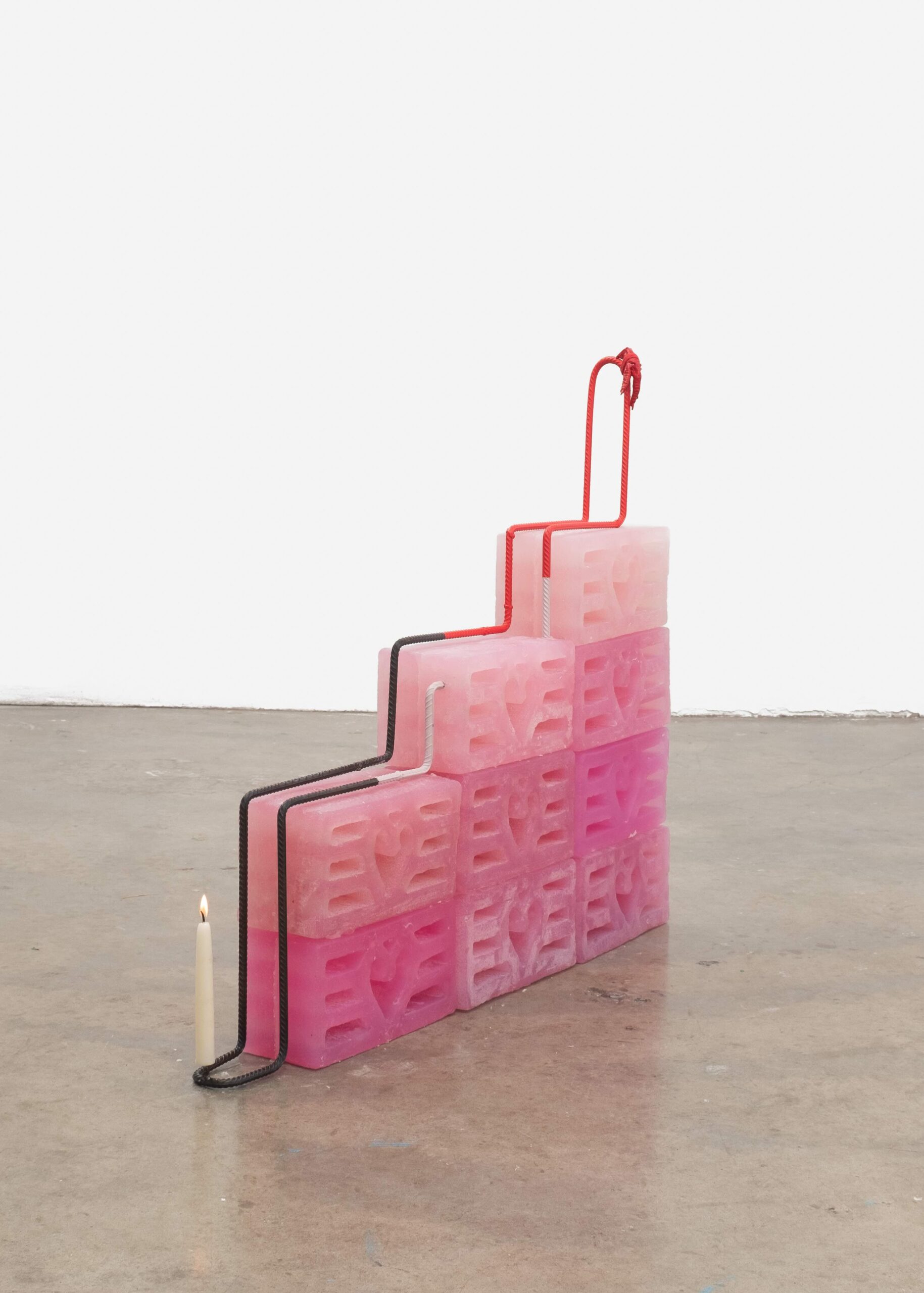
opening images: Naudline Pierre, Elemental Forces, Acrylic ink, acrylic paint, and oil pastel on arches paper, 2022. Courtesy of the artist and James Cohan Gallery, New York, 2024. Photo credit : Phoebe d'Heurle.
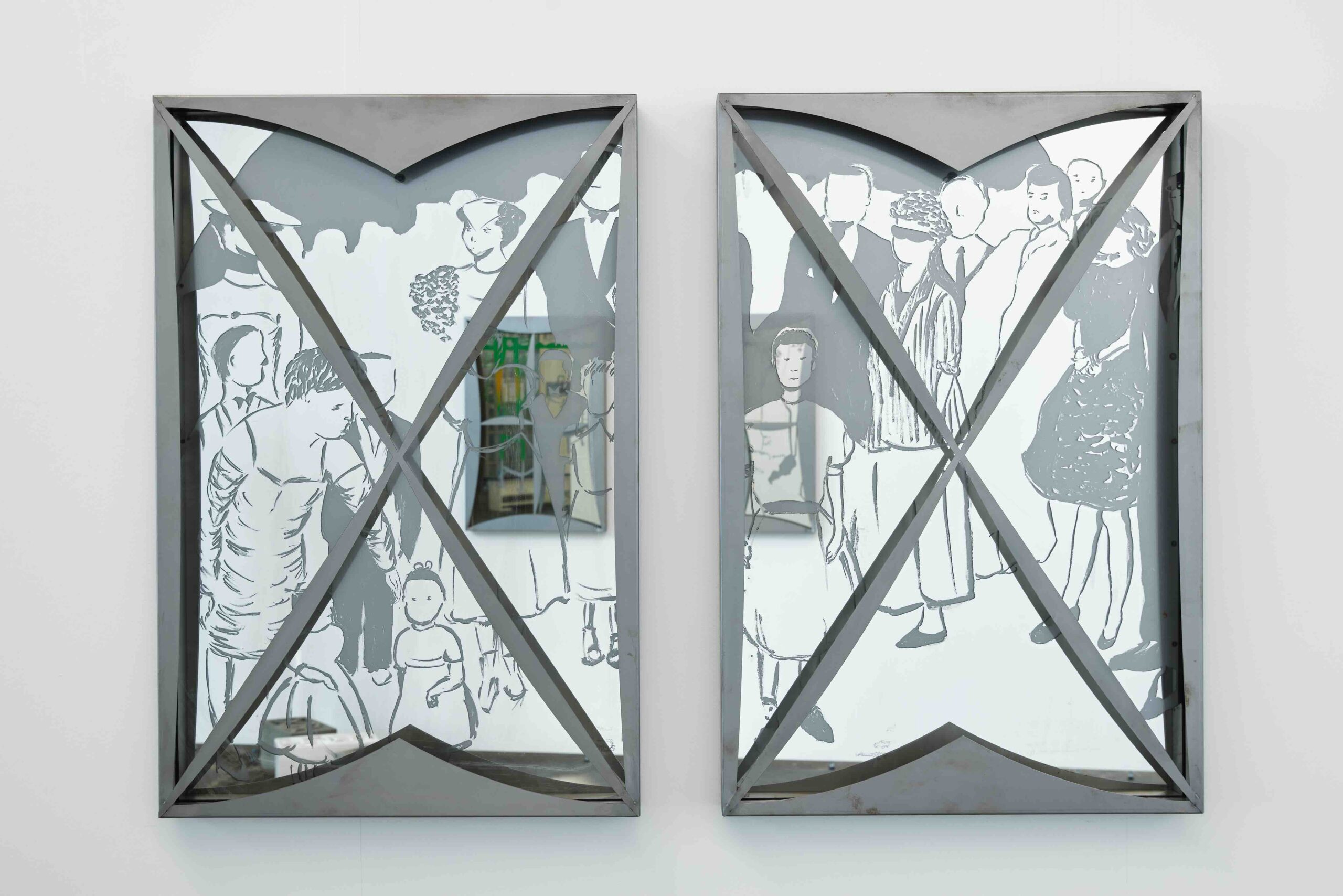
Malala Andrialavidrazana. Figures
Palais de Tokyo, Paris
From October 17th, 2024 until January 5th, 2025
This year, the Palais de Tokyo in Paris entrusts the Grand Verrière and its curved walls to Malala Andrialavidrazana. Since 2015, Malala has been developing her Figures, digital photomontages created using primarily 19th and 20th-century iconographic archives. These works highlight the imaginaries of modernity: the expansion of capitalism, the birth of globalization through colonialism, the accelerated circulation of goods and images, and the extraction of natural resources. For this exhibition, Andrialavidrazana reimagines her digital photomontages on an architectural scale. The project at the Palais serves both as her first solo exhibition in a public institution in Paris and as a retrospective that includes new works. Malala Andrialavidrazana’s figures resemble geographical maps, overlaid with representations drawn from stamps, banknotes, prints, advertisements, and other iconographic sources selected by the artist. If collage is an art of conflict, bringing together multiple and contradictory realities, then the map is the product of mechanisms of knowledge and power rooted in both history and geography.
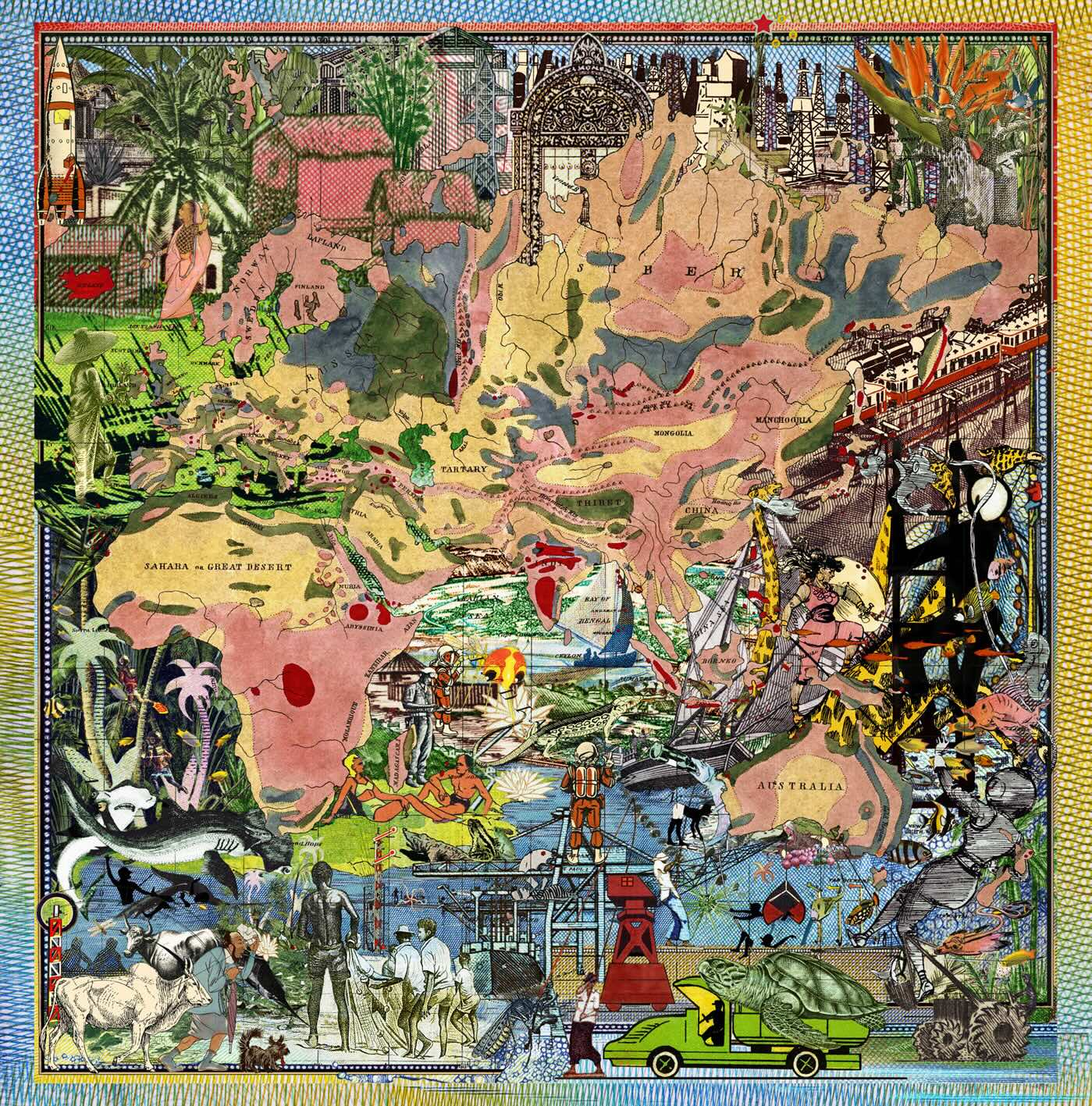
“Who is speaking?” and “From where are they speaking?” are questions that inevitably arise when contemplating her works. For this occasion, the Palais de Tokyo collaborates with the Fonds Yavarhoussen and the artist to create an interactive mediation tool that will allow the public to discover the iconographic sources of each piece.

